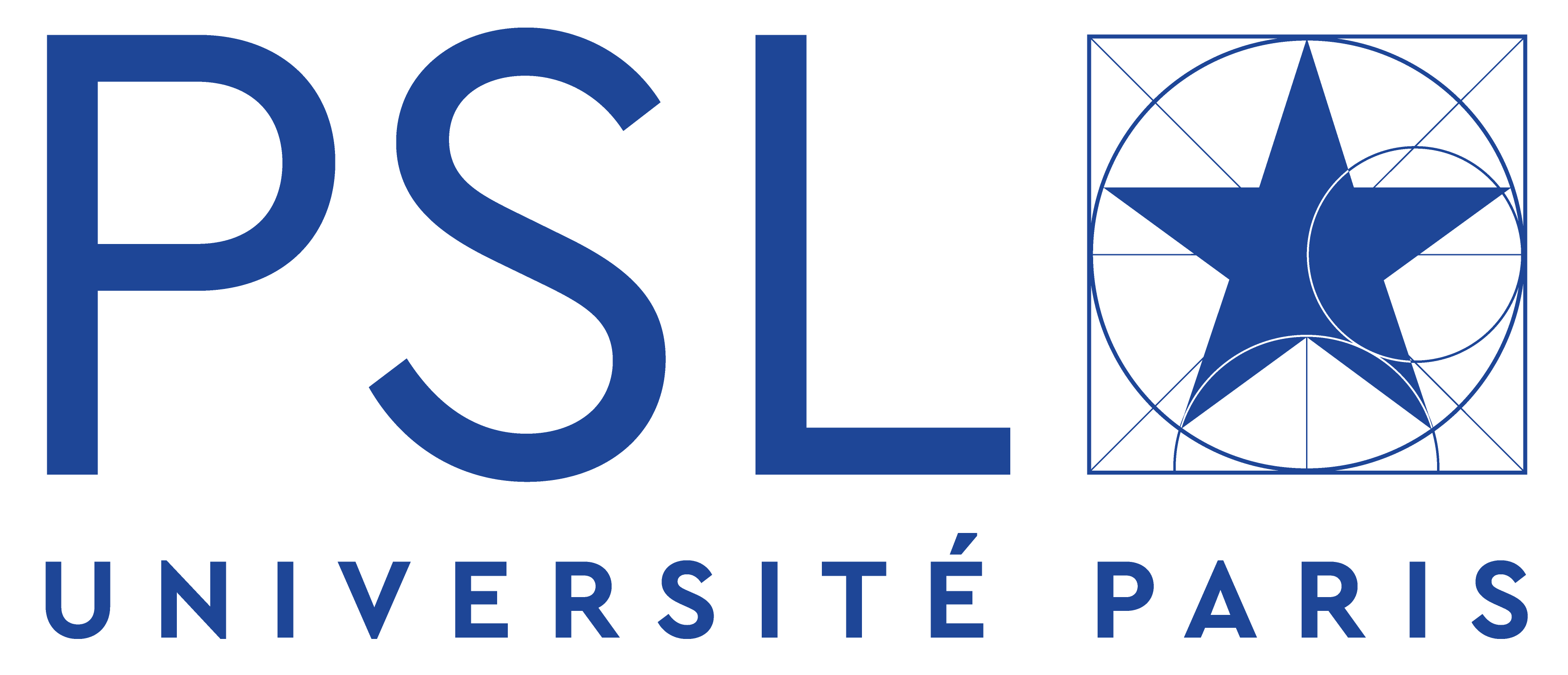Imagerie super-résolue
Résumé
Outre leurs dimensions fortement sub-𝜆 et leur interaction résonante avec la lumière, les molécules fluorescentes présentent également des propriétés d’émission stochastique particulièrement attrayantes pour en faire des agents de contraste en imagerie super-résolue. En effet, la capacité d’imager et de localiser chaque émetteur individuellement permet de reconstruire une image avec une résolution qui n’est limitée que par le nombre de photons émis par la molécule avant de s’éteindre.
Cette microscopie de fluorescence super-résolue permet d’atteindre des échelles nanométriques induisant une révolution pour l’observation cellulaire. Cependant la portée des observations est limitée en profondeur et de nombreux biais persistent limitant les performances de ces microscopes. En collaboration avec l’ISMO et l’ISCN (CNRS/Université Paris-Saclay) et l’INP (CNRS/Université Aix Marseille), nous avons proposé une nouvelle approche permettant d’obtenir la position axiale des molécules fluorescentes de façon absolue avec une précision nanométrique [Cabriel et al., Nat. Comm. 2019]. L’émission supercritique dans la lamelle de verre sur laquelle les cellules sont déposées permet une localisation absolue, insensible aux dérives axiales ainsi qu’aux problèmes de chromatisme. Cette méthode a permis d’observer en 3D différentes protéines du cytosquelette cellulaire, l’insertion d’une sonde fluorescente dans des bactéries ou la position de différentes protéines dans des neurones.
Nous avons également introduit un nouveau concept de localisation des molécules fluorescentes uniques basé sur une illumination modulée temporellement et sur la mesure de la phase du signal de fluorescence induite par cette modulation, plutôt que sur la localisation du centre de la figure de diffraction détectée par la caméra [Jouchet et al., Nat. Phot. 2021] (figure ci-dessous). Cette approche permet un gain en précision de localisation, préservé suivant la direction axiale, fournissant des images en 3D avec une résolution de 6,8 nm. De plus, cette nouvelle approche permet d’observer des échantillons biologiques plus complexes, tels que des modèles de tumeurs ou des tissus, et ce jusqu’à des profondeurs d’≈30𝜇𝑚. Cette méthode d’imagerie est actuellement appliquée à des problématiques telles que la cancérologie afin de mieux comprendre l’organisation des protéines à l’échelle nanométrique.

Principe de l’imagerie super-résolue par illumination modulée temporellement (gauche) et exemple d’image de mitochondrie avec une résolution inférieure à 30 nm (droite).









